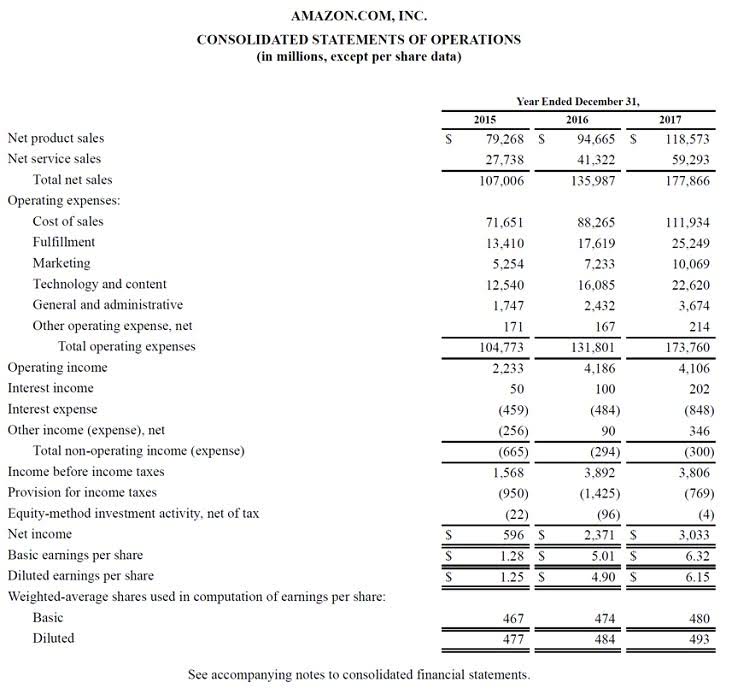
The principle promotes transparency, reliability, and relevance in financial reporting, enhancing the credibility of financial statements. The categorization of expenses is a nuanced process that reflects the nature of each cost incurred by a business. These categories are essential for understanding the company’s financial dynamics and for conducting a thorough analysis of its operational results. Expenses are generally divided into operating expenses, non-operating expenses, and capital expenditures, each with distinct characteristics and implications for financial reporting.
How does the matching principle affect income statements?
- This principle ensures that the financial statements are comparable across different periods.
- The two other accounting methods are cash-basis and modified cash-basis accounting.
- The growth of accounting software has made it easier for businesses to follow international financial reporting standards.
- This alignment is guided by the matching principle, which dictates that expenses should be recognized in the same period as the related revenues.
- This means that expenses should be recorded and matched in the same accounting period related to the revenues they helped generate.
- Regulators created the five-step model under ASC 606 (GAAP) and IFRS 15 to standardize how companies report revenue.
A company incurs $5,000 in December for raw materials used to manufacture products sold in the same month. Despite paying for the campaign upfront, the company recognizes advertising expenses for January to align with the period’s benefit to revenue generation, regardless of when the payment was made. When you keep meticulous records of your company’s financial transactions, you’ll find it easier to explain your company’s financial health to stakeholders.

Accounts Payable Best Practices Your AP Team Should Know
- John debits ‘cost of goods sold’ to increase his expenses and credits ‘inventory’ to decrease his inventory that has been sold to customers.
- Under the cash basis of accounting, expenses are recognized when they are paid for, which may not be in the same period as the related revenue.
- These standards provide a comprehensive framework for recognizing revenue from contracts with customers, aiming to enhance comparability and consistency across industries and regions.
- For a longer-term asset, this means that an asset is being eliminated from the balance sheet and moved to the income statement.
- It demands that expenses line up with the revenue recognition they help create.
It is a crucial aspect of financial accounting, as it affects the income statement, the balance sheet, and the cash flow statement of a business. There are many challenges and risks involved in expense recognition, such as errors, fraud, and misstatements, that can have serious consequences for the business and its stakeholders. In this section, we will discuss some of the common challenges and risks of expense recognition, and how to avoid them in your expense reporting. Understanding the expense recognition principle is crucial for accurate financial reporting. This guide covers its definition, key elements like relevance to revenue, and how it aligns with Generally Accepted Accounting Principles (GAAP). Learn about operating vs non-operating costs and cost allocation periods to ensure proper accounting practices.
The Matching Principle in Accounting: How a Debit and Credit Fall in Love

This method records the $15,000 tuition for each undergrad per semester when it’s earned, not when it’s paid. This matches up with the revenue recognition principle, making sure income statements truly show IU’s financial health at any time. The matching principle requires reporting expenses when the revenues they generate occur. retained earnings It ensures that financial statements reflect the real economic situation of the business.

What are the 3 methods used to determine when to recognize an expense?

For example, a company signs a lease agreement for office space starting on January 1st, with monthly rent payments due on the 1st of each month. Under the expense recognition principle, the company records rent expense for each month in the period it pertains to, even if the payment is made what is expense recognition principle in advance or arrears. On January 31st, the company records rent expenses for January, regardless of whether the payment was made in January or February.
- This approach allows businesses to assess their profitability and financial health more accurately, enabling stakeholders to make informed decisions.
- With the right tools, keeping your books entirely free of errors is possible.
- Impairment loss occurs when the carrying value of an asset exceeds its recoverable amount, indicating that the asset’s value has been impaired or decreased.
- Even for smaller businesses, using the expense recognition principle can provide better clarity and support growth through accurate reporting.
- These principles are designed to ensure that financial statements accurately reflect the financial health of a company.
Regarding performance, it occurs when the seller has done what is to be expected to be entitled to payment. In the dynamic landscape of startup businesses, incubator programs stand as a beacon of guidance… Mike debits ‘utility expense’ to increase his expenses and credits accounts payable to increase the amount he owes. The transaction has taken place (arrangement), the customer has paid the asking price (determinability) with cash (collectability), and service has been rendered (deliver complete).
This distinction is vital for assessing a company’s operational efficiency and long-term profitability. This principle ensures that financial statements provide an accurate reflection of profitability by showing the relationship between costs and revenue. For startups and small businesses Bookkeeping vs. Accounting in today’s market, following the expense recognition principle is crucial.
